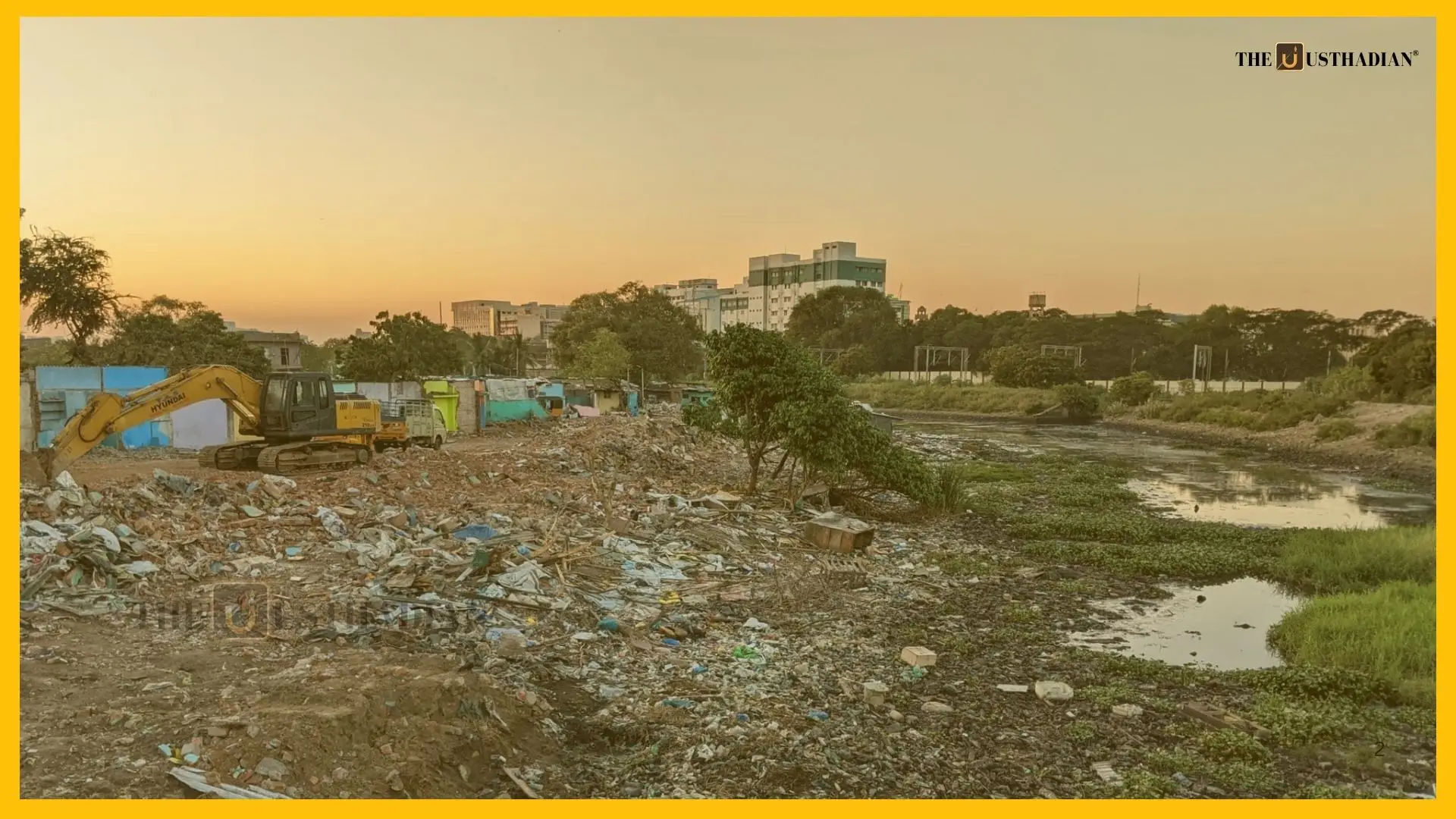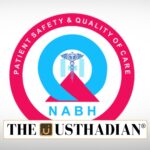Adyar River’s Toxic Reality: 10x the Safe Faecal Limit
Adyar River Pollution: Shocking Faecal Contamination Raises Alarm : The Adyar River, once a lifeline of Chennai, is now a symbol of urban environmental decline. Recent tests show faecal coliform levels at 1026 MPN/100 ml, over 10 times the safe limit of 100 MPN/100 ml. These bacteria, from human and animal waste, pose a serious health risk and signal severe sewage contamination. When such microbes enter water bodies, they may bring along dangerous pathogens like E. coli and Giardia, affecting vulnerable groups — children, the elderly, and immunocompromised individuals.
The Fish Kill and the Ecosystem Warning Signs
In June 2024, the mass death of fish in Adyar Eco-Park was the first visible alarm. Post-event analysis revealed that toxic water quality and low oxygen levels, largely due to faecal contamination, were the cause. When bacteria feed on organic waste, they consume dissolved oxygen, suffocating aquatic life. It was nature’s way of telling us: the river is dying — and fast.
Alongside faecal coliforms, the river’s Biological Oxygen Demand (BOD) was recorded at 133 mg/l (safe: 3 mg/l), and Chemical Oxygen Demand (COD) at 136 mg/l (safe: 280 mg/l). High BOD + COD = oxygen starvation. Additionally, total nitrogen levels were found at 57.74 mg/l, more than double the safe limit, raising the risk of eutrophication and algal blooms.
What’s Polluting the Adyar?
The culprits are familiar:
- Untreated sewagefrom residential areas
- Illegal dumpingby industries and households
- Stormwater drainsdischarging into the river
- Poor waste managementand inadequate sewage treatment
Despite past attempts like the Adyar-Cooum river restoration, real progress has been blocked by urban sprawl, policy lapses, and weak enforcement. The problem is not technical—it’s administrative.
Fixing Adyar: From Crisis to Recovery
There’s still hope if action is swift:
- Upgrade sewage treatment plants (STPs)and expand coverage
- Enforce strict penaltiesfor illegal industrial discharges
- Implement local wastewater treatment unitsin unconnected areas
- Promote citizen reporting and public clean-up drives
- Reforest riverbankswith buffer zones and native plants
Just as Delhi’s Yamuna revival or Ahmedabad’s Sabarmati project showed results with focused intervention, Adyar too can bounce back — if citizens, planners, and policymakers act together.
STATIC GK SNAPSHOT FOR COMPETITIVE EXAMS
Adyar River Pollution: Shocking Faecal Contamination Raises Alarm :
| Topic | Details |
| River Location | Chennai, Tamil Nadu |
| Faecal Coliform Level | 1026 MPN/100 ml (safe limit: 100 MPN/100 ml) |
| BOD | 133 mg/l (safe: 3 mg/l) |
| COD | 136 mg/l (safe: 280 mg/l) |
| Total Nitrogen | 57.74 mg/l (safe: 23.697 mg/l) |
| Fish Kill Reported | June 2024 in Adyar Eco-Park |
| MPN Full Form | Most Probable Number (bacterial estimation method) |
| Key Pollution Sources | Sewage, industrial waste, stormwater drains |
| Restoration Needed | STP upgrades, buffer zones, stricter enforcement, public action |








